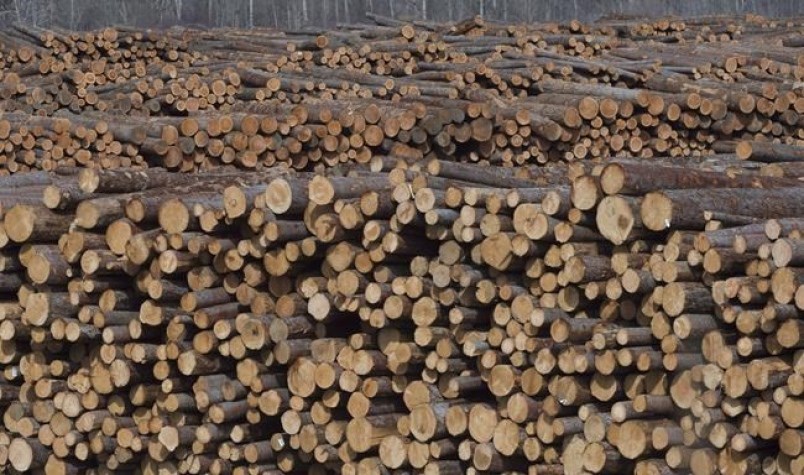The ruling New Democrats and the Opposition B.C. Liberals have been pointing fingers at each other for weeks now over who best knows how to deal with the rapid deterioration of the provincial forest ministry.
The B.C. Liberals keep demanding that Premier John Horgan oust Forests Minister Doug Donaldson from his post, arguing he is ineffective and incapable of trying to fix a mess that is costing hundreds of people their pay cheques, sometimes for weeks or months and in many cases forever.
Last week, Horgan appointed up-and-coming Delta North MLA Ravi Kahlon to act as Donaldson’s parliamentary secretary, which sounds like a babysitting assignment from a concerned premier’s office. However, I cannot imagine Horgan caving into the Opposition’s demands and actually firing his own minister.
In any event, there are no easy fixes to be had here and the B.C. Liberals know that. The reason they know that is their government was warned in clear terms four years ago that what is happening today was entirely predictable.
A consultant’s report submitted to the forests ministry in July 2015 pinpointed the looming problems and accurately predicted the terrible result: the closure of at least seven and possibly 13 sawmills in the province’s Interior.
A copy of the report, obtained by Global News, concluded the dwindling timber supply caused by the mountain pine beetle epidemic would be the chief culprit for the looming collapse. No wood, no work.
So far this year five Interior mills were closed permanently. Another two dozen mills have faced temporary shutdowns, sometimes for as long as four weeks.
Some forest industry analysts have suggested another half-dozen mills could face permanent closure as the industry faces numerous challenges that are not going to disappear any time soon.
The reduction in the annual allowable cut caused by the beetle epidemic, the ongoing softwood lumber dispute with the U.S., slumping lumber prices and a change in stumpage fees have combined to send the industry reeling.
But the key, unsolvable problem is the loss of wood to the destructive pine beetle, and it was foreseen four years ago.
“The Mountain Pine Beetle (MPB) epidemic will have the effect of significantly reducing the mid-term annual allowable cut (AAC) in many B.C. Interior Forest Management Units (FMUs),” states the report, prepared by Murray Hall Consulting Ltd.
“AAC reductions will inevitably lead to mill closures or curtailments of lumber production, as well as reduced availability of sawmill residual fibre for users such as pulp mills, pellet plants and board producers,” it further states.
The report estimated the reduction in the AAC would average around 40 per cent in the Northern Interior, Okanagan and Kootenay regions. That is a staggering amount of fibre no longer available for production.
“Across the study area, the authors forecast the eventual closure of at least seven mills in operation today in order to allow remaining mills to operate at a reasonable annual operating rate and up to 13 mills in order to allow all remaining mills to operate at close to their capacity,” the report states.
Translation: some mills will have to die in order for others to survive. In industry parlance, this is called “rationalization” and it is what we are seeing happen today.
Despite this warning, little seems to have been done by the previous administration to avert the disaster unfolding today.
B.C. Liberal forestry critic John Rustad is advocating for some kind of financial relief package for laid off workers, and that is probably a good idea. However, if there were some kind of magic solution to the forestry crisis, surely the B.C. Liberals would have hit upon it while they were in power.
Further complicating the situation is the NDP’s decision to apply UNDRIP (the United Nations Declaration of the Rights of Indigenous Persons) to land use decisions involving forestry tenures. No one really knows how this is going to affect forest company operations or investment decisions.
In any event, all this finger pointing is somewhat meaningless. Better to find realistic solutions – if there are indeed some – for the families and communities hurting so much.
Keith Baldrey is chief political correspondent for Global BC. Keith.Baldrey@globalnews.ca
What are your thoughts? Send us a letter via email by clicking here or post a comment below.



